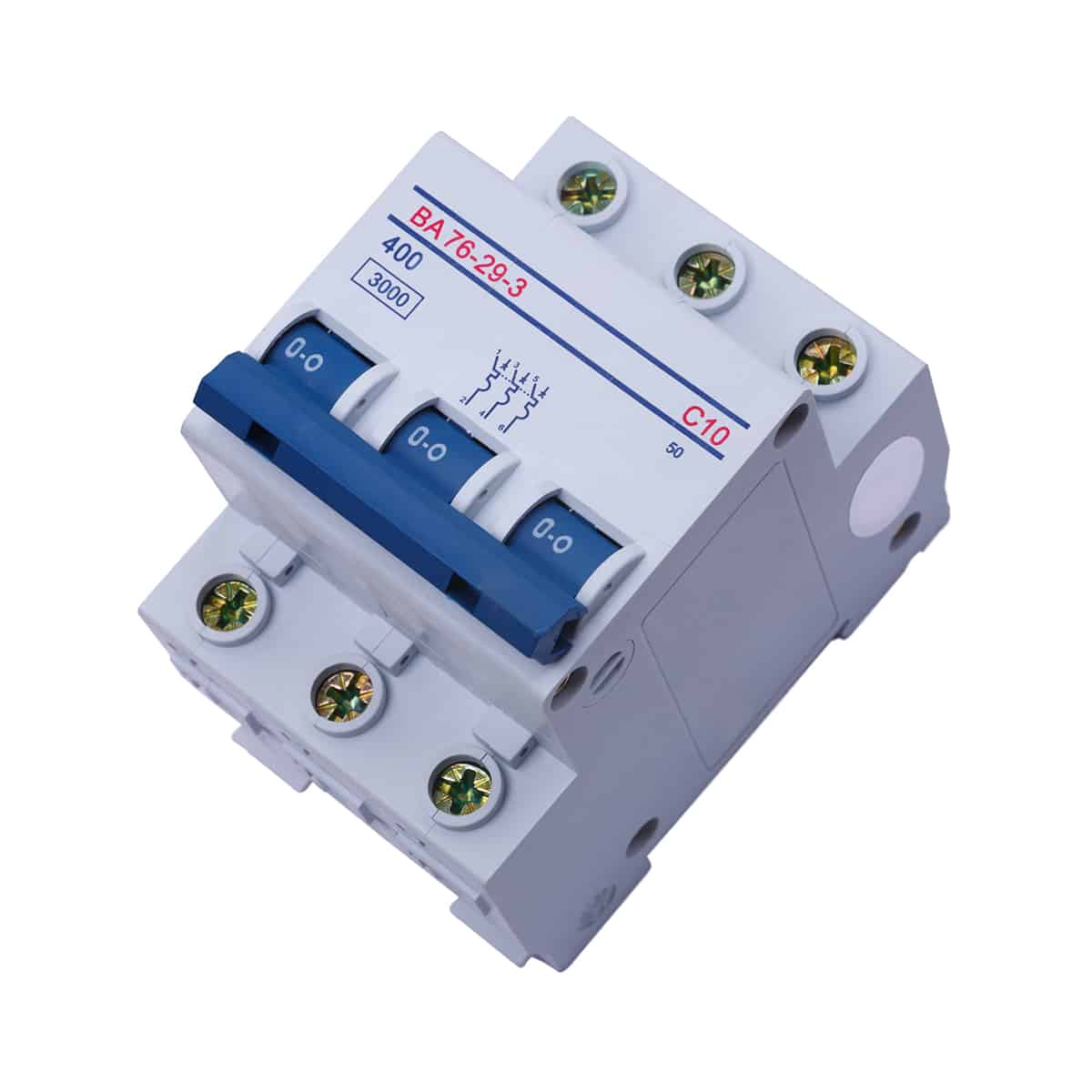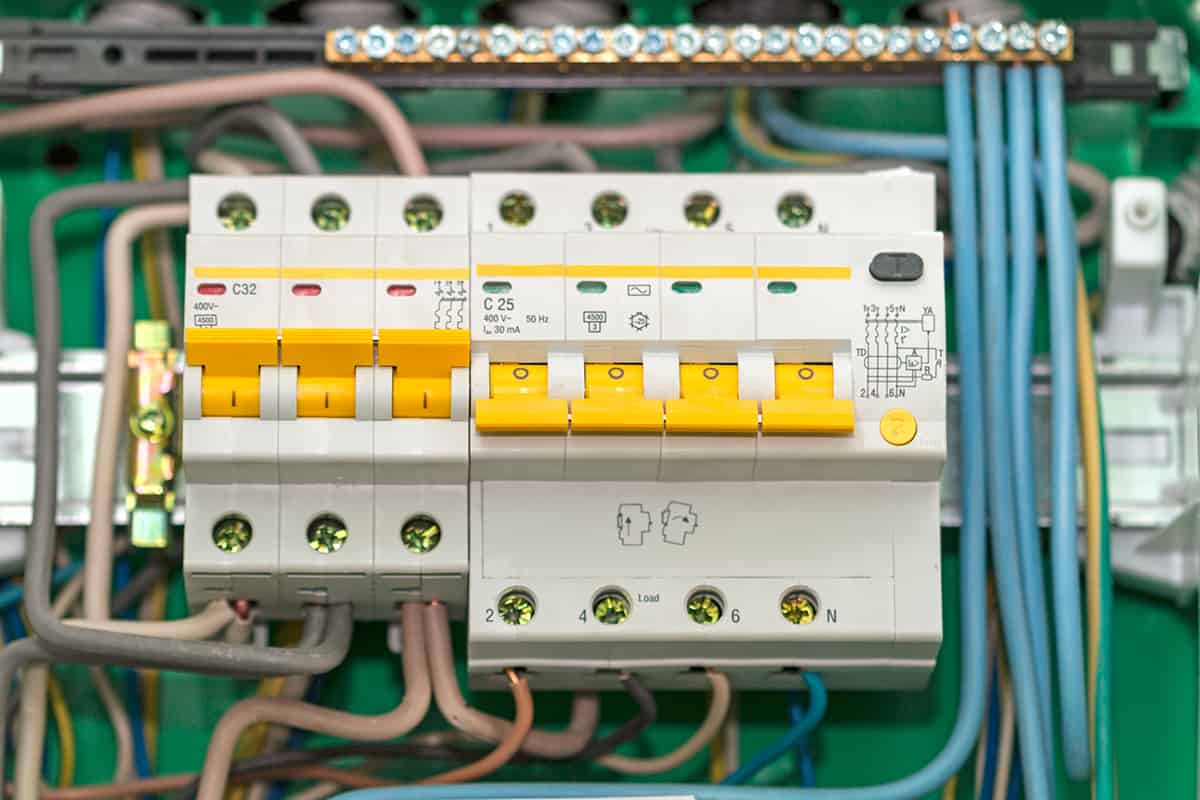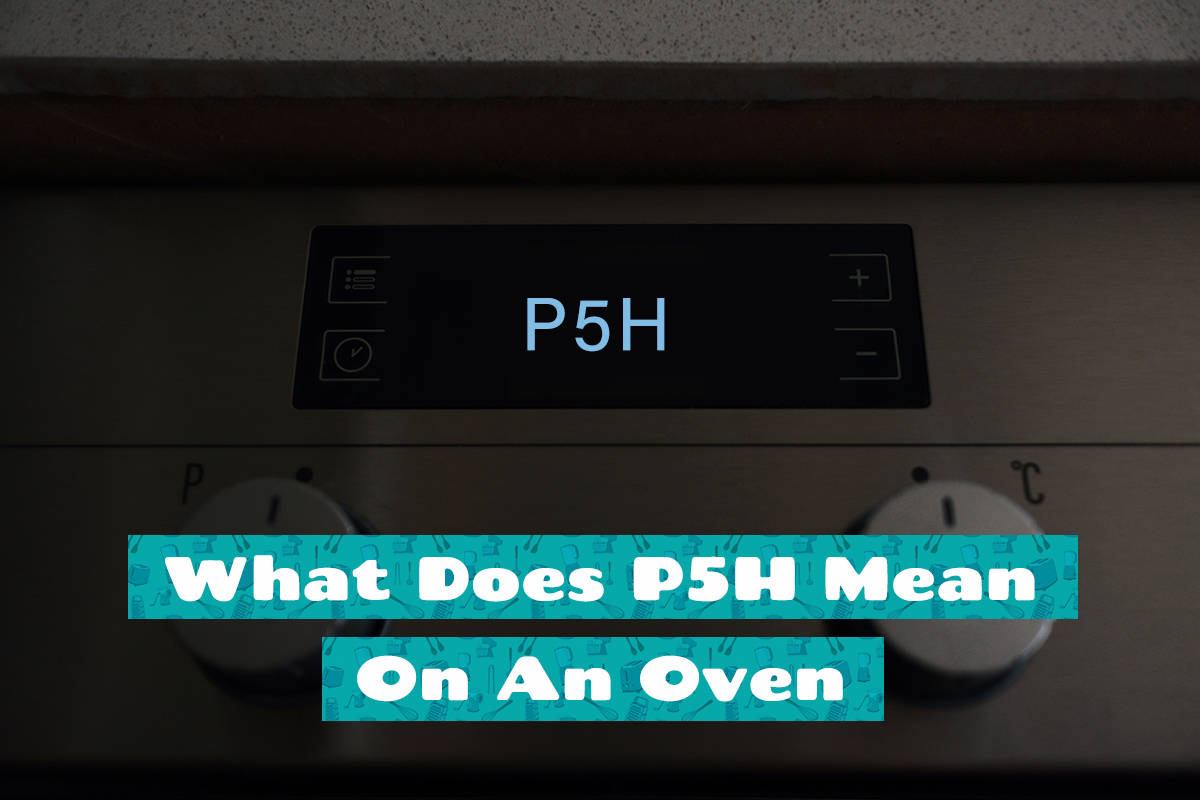Ovens are sometimes the center of focus in our kitchens. As essential electrical appliances, they require proper electrical setups to function optimally. One significant component is the oven’s circuit breaker, which safeguards the appliance and our homes from electrical issues.
For standard residential ovens, common breaker sizes are 30 to 50 amperes. Double ovens or commercial units might need up to 60 amperes. Gas ovens, primarily using gas for heating, typically have a smaller electrical requirement, often utilizing a 15 to 20-ampere breaker for their electrical controls.
This guide will walk you through circuit breakers. We’ll cover the fundamentals of electric ovens and how to determine the correct breaker size.
What Is a Circuit Breaker?

Every electrical device in your home, from your refrigerator to your laptop charger, draws power. Circuit breakers regulate this power. Each breaker corresponds to a particular section of your home, or a specific appliance, managing the electricity it uses. If a device or circuit draws too much power, the breaker steps in and cuts off the flow.
There are various types of circuit breakers:
- Single-Pole Breakers: These are the most common type, designed for standard circuits. They manage the electricity of individual small appliances and light fixtures.
- Double-Pole Breakers: Suited for large appliances like ovens and dryers. They handle higher voltage and are generally bulkier than single-pole breakers.
- Ground Fault Circuit Interrupters (GFCI): Typically found in areas where water is present, like bathrooms or kitchens. They quickly trip when there’s a risk of electric shock.
- Arc Fault Circuit Interrupters (AFCI): These detect dangerous electrical arcs, often a sign of frayed wiring, and shut off electricity before a fire can start.
Oven Electricity Fundamentals
When it comes to kitchen appliances, ovens are among the heavyweights in terms of power consumption. To safely and efficiently harness this energy, we need to go over some basic electrical principles that are helpful.
How Ovens Use Electricity
Electric ovens convert electrical energy into heat, so we can bake, roast, or broil our favorite dishes. They draw significant power, especially during preheating, which dictates their electrical requirements.
Difference Between Electric and Gas Ovens
Electric ovens use resistive elements that heat up as electricity passes through. Their temperature control and even heating make them popular choices. Gas ovens use electricity mainly for ignition and to power controls, hence their electrical needs are typically less compared to electric ovens.
Determining the Right Breaker Size

Now that we understand how circuit breakers work and the basics of how ovens use electricity, let’s shift our focus to the crux of the matter—what breaker size you need for your oven. Unfortunately, the answer isn’t that straightforward.
Link Between Oven Wattage and Breaker Size
Every oven has a specific wattage, indicating its electricity consumption. This wattage directly influences the breaker size. For instance, an oven that operates at 4,000 watts will have different breaker requirements than one operating at 2,500 watts. It’s essential to match the oven’s wattage to an appropriate breaker to guarantee safety and efficiency.
Factors Influencing the Appropriate Breaker Size
Several aspects can determine the optimal breaker size:
- Oven Type: Electric ovens, known for their consistent temperature control, generally have higher wattage demands than gas ovens. While electric ovens might require breakers ranging from 30 to 50 amperes, gas ovens, which utilize electricity mainly for their controls, often operate efficiently on 15 to 20-ampere breakers.
- Size and Capacity: Larger ovens or double ovens naturally demand more power. These units often require heftier breakers to accommodate their increased electricity consumption.
- Oven Features: Modern ovens come equipped with advanced features like convection fans, self-cleaning cycles, and digital displays. These features can influence the oven’s total wattage, potentially necessitating a larger breaker.
Calculating the Correct Breaker Size for Your Oven
To determine the right breaker size, follow these steps:
- Identify Oven Wattage: Check your oven’s manual or the label on the unit. The wattage is typically listed there.
- Convert Wattage to Amperes: Divide the oven’s wattage by the voltage of your home’s electrical system (commonly 240 volts for ovens). This will give you the oven’s current draw in amperes.
- Choose the Right Breaker: As a rule of thumb, select a breaker size that exceeds the oven’s current draw by 20%. This provides a safety margin.
Common Oven Breaker Sizes
| Oven Type | Approximate Wattage | Recommended Breaker Size |
| Small Freestanding Electric Oven | 2,000 – 2,500 watts | 20-30 amperes |
| Standard Freestanding Electric Oven | 2,500 – 3,500 watts | 30-40 amperes |
| Wall-Mounted Electric Oven | 3,000 – 4,500 watts | 35-50 amperes |
| Double Electric Oven | 4,000 – 6,000 watts | 45-60 amperes |
| Electric Oven with Convection | 3,500 – 5,000 watts | 40-50 amperes |
| Electric Range Oven (with stove top) | 3,500 – 5,500 watts | 40-60 amperes |
| Gas Oven (for electronic controls) | 500 – 800 watts | 15-20 amperes |
Safety Precautions
While ovens can be a dependable ally in whipping up culinary delights, they also demand respect in terms of safety, especially when electricity is thrown into the mix.
Dangers of Incorrect Breaker Sizes
Selecting the wrong breaker size for your oven can introduce several risks:
- Frequent Tripping: A breaker that’s too small for the oven’s consumption will likely trip regularly, disrupting your cooking and indicating a mismatch.
- Overheating and Potential Fires: Conversely, a breaker that’s too large may not trip when required, risking overheated wires and potential fires.
Recognizing Signs of an Overloaded Breaker
Being vigilant about certain symptoms can help homeowners identify an overloaded breaker early:
- Warm Electrical Panel: A panel or outlet that feels unusually warm to touch might be struggling with the current load.
- Flickering Lights: If lights dim or flicker when the oven is operational, it might suggest an overload or imminent breaker trip.
- Distinct Burning Odor: A consistent burning smell near the electrical panel is a serious warning of overheated wires.
Steps to Take if Your Breaker Trips Frequently
Should you find your oven’s breaker in constant rebellion, consider the following actions:
- Inspect the Oven: Before jumping to conclusions, inspect the oven for faults. Sometimes, the issue might originate from the appliance itself rather than the breaker.
- Review the Breaker Size: Refer back to the oven’s wattage and ensure the breaker aligns with its requirements. Adjust if needed.
- Limit Other Appliance Usage: If the breaker linked to the oven also serves other appliances, limit their simultaneous operation to avoid overloading the circuit.






